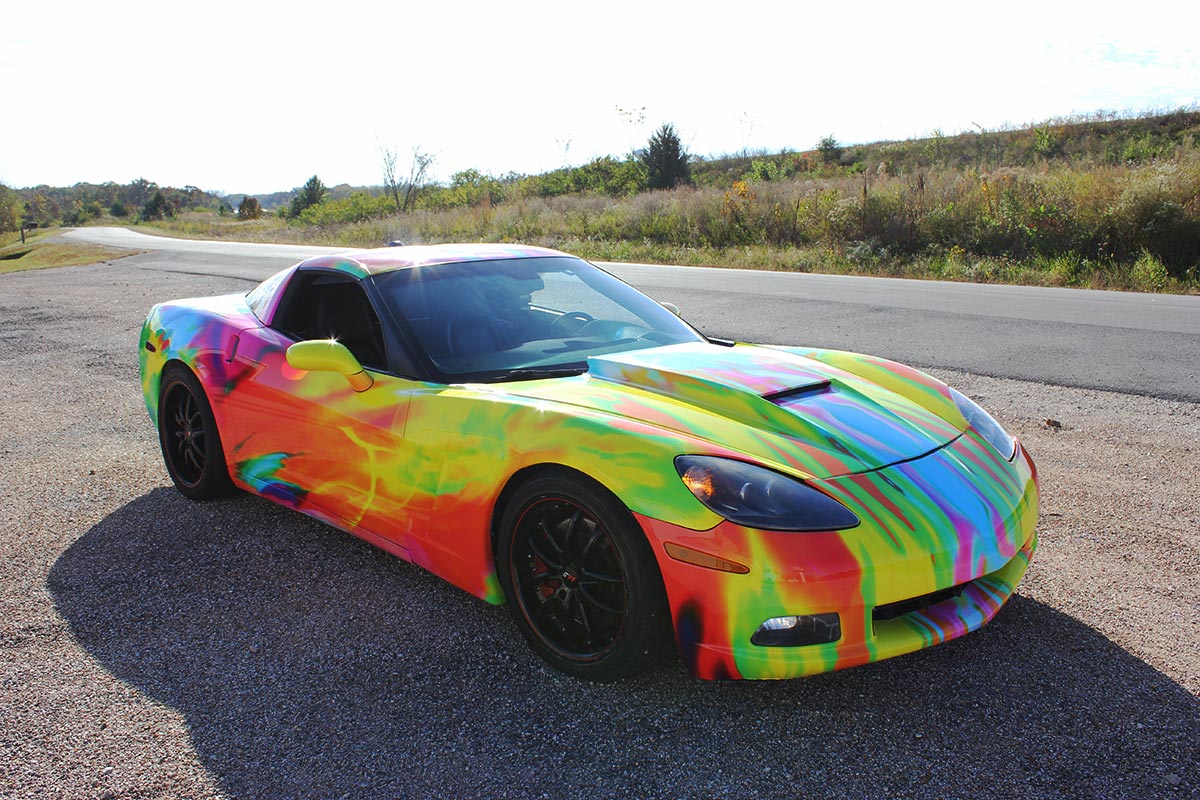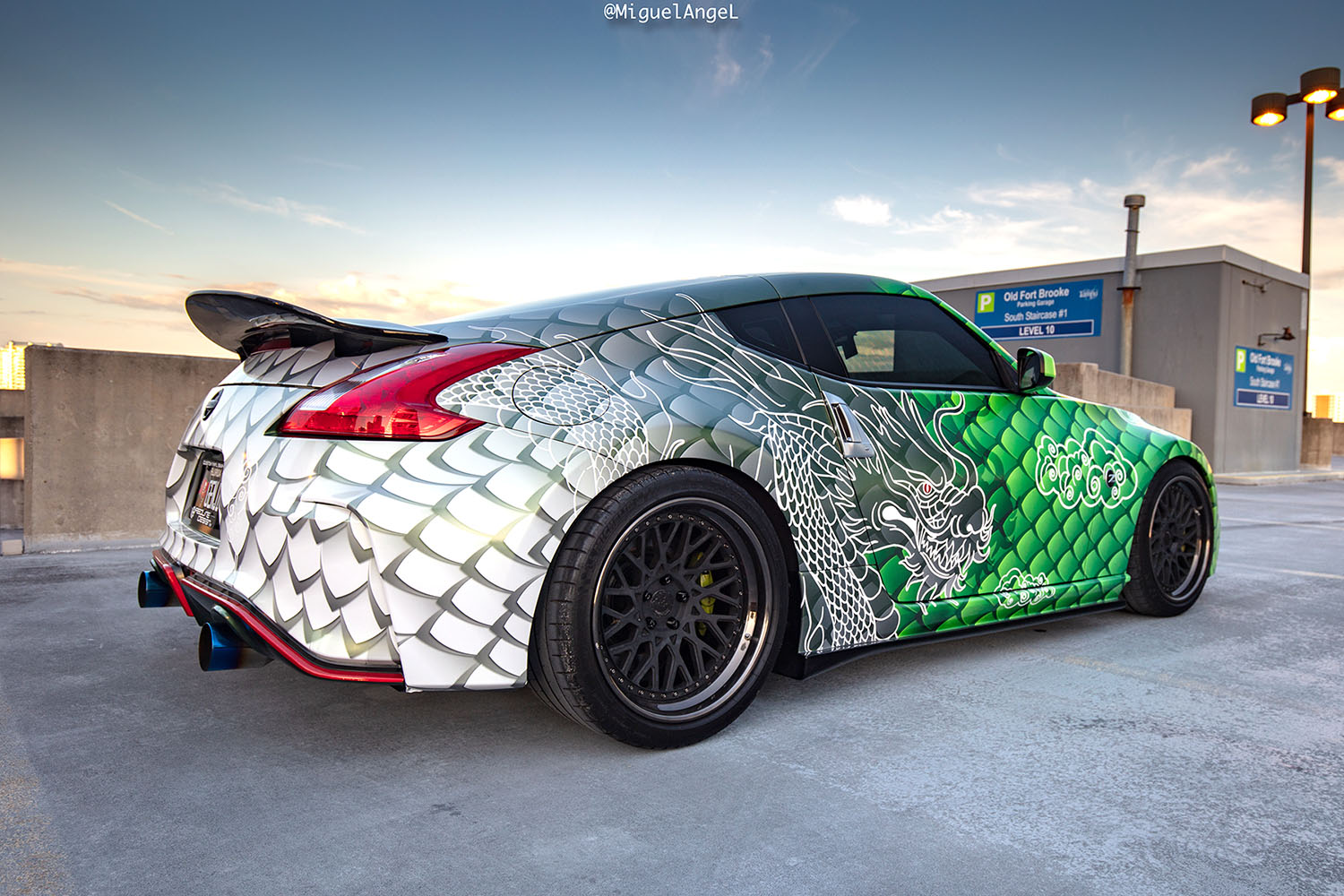

Turtle Wax MAX Power Wash and Turtle Wax Snow Foam car washes are excellent choices, protecting glossy vinyl finishes. Tough stains might require spot application of isopropyl alcohol. Wash often to prevent buildup of excess dirt and grime. Wait at least 12 hours for the adhesive to fully set.ġ. Again, use the thermometer to verify even heating. Bubbles may appear at this stage, but they can be popped safely with a pin or utility blade and pressed down with your fingers. Use your hands and squeegee to firmly bond the vinyl wrap to the surface. This activates the adhesive on the rest of the vinyl for a long-term bond. Once corners and edges are sealed and set, use the heat gun on the rest of the panel or piece, at least 212 ☏. If heating the vinyl to get it around a sharp curve, be sure the vinyl cools before trimming.ġ4. Use the squeegee and your fingers to firmly seal the edge of the vinyl to the panel. Use the thermometer to verify even heating. Use the heat gun to evenly heat the edges of the panel and vinyl wrap to at least 212 ☏ (100 ☌), activating the adhesive. Use the utility knife to trim excess material to within a quarter-inch (2-3 mm) of the edge – counter-intuitively, greater margins are worse. A great finish starts with wrapping the edges of the panels. Don’t try to wrap a 60-inch hood with 60-inch wrap – you’ll come up short, guaranteed.ġ3. Remember, you can’t add material once you’ve cut it off! If a panel is close to or wider than your widest vehicle wrap, you’ll need to make a seam. Measure twice, add a little, and cut once. Sketch a diagram of your car’s body panels and write down these measurements for later. Measure each section you plan on wrapping, adding a few inches for handling. Go over the surrounding areas with alcohol once more to remove fingerprints or dust.ħ. Save yourself a bottle of ibuprofen by removing obstacles. Yes, you can wrap around an emblem, mirror, door handle, antenna, or headlight, but this greatly increases the difficulty and time required to get a good vinyl wrap finish. Then, clean the entire surface with isopropyl alcohol and lint-free cloths.Ħ. Non-wax car wash products, like Turtle Wax MAX Power Wash or Turtle Wax Snow Foam leave a clean surface to which vinyl wrap will readily bond. This is a great project with a buddy, for holding larger sections of vinyl wrap and for moral support.ĥ. A clean worktable keeps everything off the floor and reduces the chance of picking up dust. You’ll also need grease and wax remover, a general cleaner, 70- or 90-percent isopropyl alcohol, lint-free cloths or towels, squeegee, utility knife, cutting tape, heat gun, infrared thermometer, and cotton wrap gloves. Narrower rolls are available, but this will require making a seam, quite the trick for a first-timer. The average car requires a 25-foot roll of 60-inch wide vinyl wrap. Gather your tools, supplies, and materials. It might be a good idea to plan the job for a different time of day or let everything acclimate for a few hours before starting.Ĥ. Use a non-contact infrared thermometer to monitor things.
VINYL CAR WRAP INSTALL
Hotter, and the adhesive may activate too aggressively, making it difficult to install smoothly.

Colder, and the vinyl become brittle and could tear. The vehicle and wrap should be at the same temperature, around 68 ☏ (20 ☌). Vinyl and vinyl adhesive are temperature sensitive. In fact, the original paint job will be better than one of similar vintage, because vinyl car wrap blocks paint-damaging ultraviolet light, maintaining the resale value of your vehicle.ģ. In either case, removing vinyl car wrap only requires a couple basic tools and supplies, and doesn’t affect the original finish in the least.

Maybe you’ll want to change the look again in a couple years or you want to sell the car – little old ladies may not be keen on those oh-so-metal graphics. For permanence, this may be undesirable, but temporary might be perfect for certain drivers. With proper care, a quality car wrap can last five to seven years, perhaps ten years. The very nature of vinyl car wrap lends itself to temporary applications. Still, the finished product can be particularly stunning. Basic color changes, even multiple colors, don’t add much to the overall cost of the project, but custom graphics, prints, or finishes may increase the cost of materials. In fact, the tools required are easily accessible and require no special licenses, training, or experience.
VINYL CAR WRAP FULL
Going the professional route, vinyl car wrapping can cost as much as a paint job, but patience and a steady hand can make even a full car wrap go smoothly for a do-it-yourselfer. Thanks to advances in vinyl car wrap technology, it’s no longer prohibitively expensive to completely change the look of your car, particularly if you plan on doing it yourself. best car interior cleaning products for leather-vinyl-rubber.


 0 kommentar(er)
0 kommentar(er)
